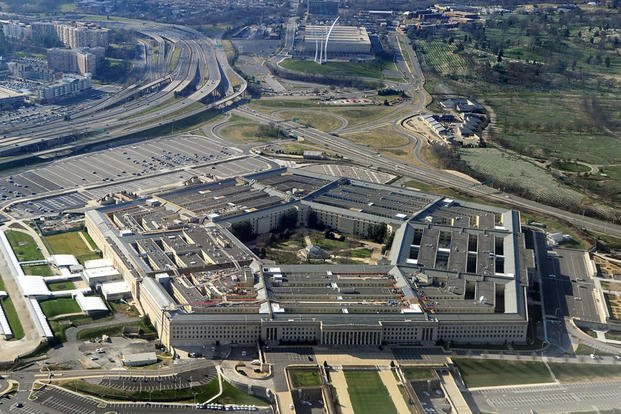
WASHINGTON — The Pentagon isn’t giving Congress and the public a full assessment of its difficulties and challenges developing hypersonic weapons to counter those already deployed by China and Russia, according to congressional auditors.
Despite test failures with Air Force and Army systems that were supposed to become operational already, the Pentagon “is not comprehensively communicating and reporting to Congress its progress on managing risks,” the Government Accountability Office said in an audit released Monday. “Reporting comprehensive information would enable Congress to better understand and oversee” the programs.
The U.S. has spent about $12 billion since 2018 on hypersonic weapons development, and although “there has been considerable progress” the Pentagon “has yet to field its first operational” system, the GAO said in the report, which focused largely on the military’s failure to employ modern digital engineering tools to advance development of the weapons.
Hypersonic weapons are hard to track and destroy because they fly five times the speed of sound and are highly maneuverable.
Russia’s use of hypersonic weapons against Ukraine and China’s deploying of at least one weapon, the DF-17, are in contrast to the U.S.’s failed efforts. The White House and NATO this month announced plans to rotate into Germany by 2026 a U.S. Army unit equipped with the Long Range Hypersonic Weapon, a plan that drew a heated reaction from Moscow.
The GAO report disclosed the projected costs for the top hypersonic programs in development, including a $10.3 billion price tag for the Army system and $30 billion for a Navy weapon called the Conventional Prompt Strike.
Although the Defense Department “does provide some information to lawmakers,” better communicating risks is “important because of the additional transparency expected by Congress, taxpayers and other relevant stakeholders,” the GAO said. Test failures with Air Force and Army systems derailed plans for them to become operational in September 2022 and September 2023, respectively.
The Pentagon said in a June statement that the Army’s system passed a recent test but declined to provide additional details about the demonstration’s significance. Nor will officials provide planned dollar figures in the Pentagon’s proposed five-year budget, a spokesman for the department’s top hypersonics official told Bloomberg News.
The Army’s hypersonic system is being developed by Lockheed Martin Corp. The Air Force turned to RTX Corp. after deciding not to procure a system being developed by Lockheed.
The Pentagon said in a statement that officials “concurred with all GAO recommendations, to include providing additional information to congressional decisionmakers on DoD’s progress in managing risks for hypersonics.”
It said development of the new weapons is “being implemented in a highly coordinated set of programs across the services and agencies, including critical enabling investments in our industrial base, workforce, science and technology, and test and evaluation infrastructure.”
_____
©2024 Bloomberg L.P. Visit bloomberg.com. Distributed by Tribune Content Agency, LLC.
© Copyright 2024 Bloomberg News. All rights reserved. This material may not be published, broadcast, rewritten or redistributed.






